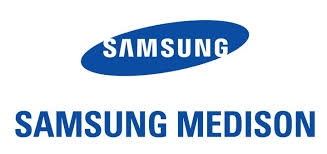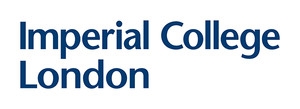Earlier and more accurate detection of birth defects using 3D-ultrasound
About 3% of infants are born with one or more birth defects, which are a major cause of neonatal morbidity and are responsible for 25% of all neonatal deaths. Ultrasound screening for birth defects is common practice in most countries. At present, gross abnormalities can be detected with almost 100% accuracy. The diagnosis of more subtle, but nonetheless serious, malformations is more variable and depends on the quality of the equipment and the level of experience of the personnel, with an accuracy of less than 40%. Early and accurate detection of congenital anomalies enables discussion and informed decision-making on possible treatments and interventions, including termination of pregnancy, at an early stage.
Presently, novel 3D rendering techniques are being developed with the aim of improving evaluation of fetal anatomy early during pregnancy. Two such technologies, Crystal Vue and Realistic Vue (Samsung Medison Co. Ltd., Seoul, South Korea) are particularly suited for the detailed evaluation of fetal internal structures by creating a “transparent” or “see-through” image of the fetus, whilst preserving context and surface information. However, to directly translate this information for clinical purposes, expert knowledge is required.
Therefore, a team of gynaecologists, embryologists, and sonographers is collaborating to systematically investigate which fetal structures can be evaluated at which stage of pregnancy. 3D ultrasound images of fetuses scanned during normal pregnancy are compared to micro-CT images of age-matched fetuses obtained from the department of obstetrics (TOP-study) to validate the structures visualised with these novel 3D ultrasound technologies. These data will be combined to create an atlas of human fetal development from a 3D ultrasound perspective. This practical reference work will provide health care professionals with vital information for successful implementation of these novel 3D imaging techniques into their clinical practice.
This collaboration project is co-funded by the PPP Allowance made available by Health~Holland, Top Sector Life Sciences & Health, to AMC to stimulate public-private partnerships. For questions, please contact AMC directly via the following email address tki@ixa.nl.



